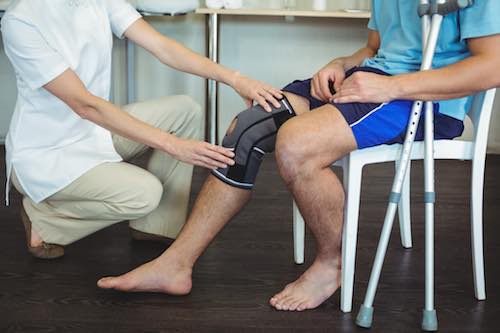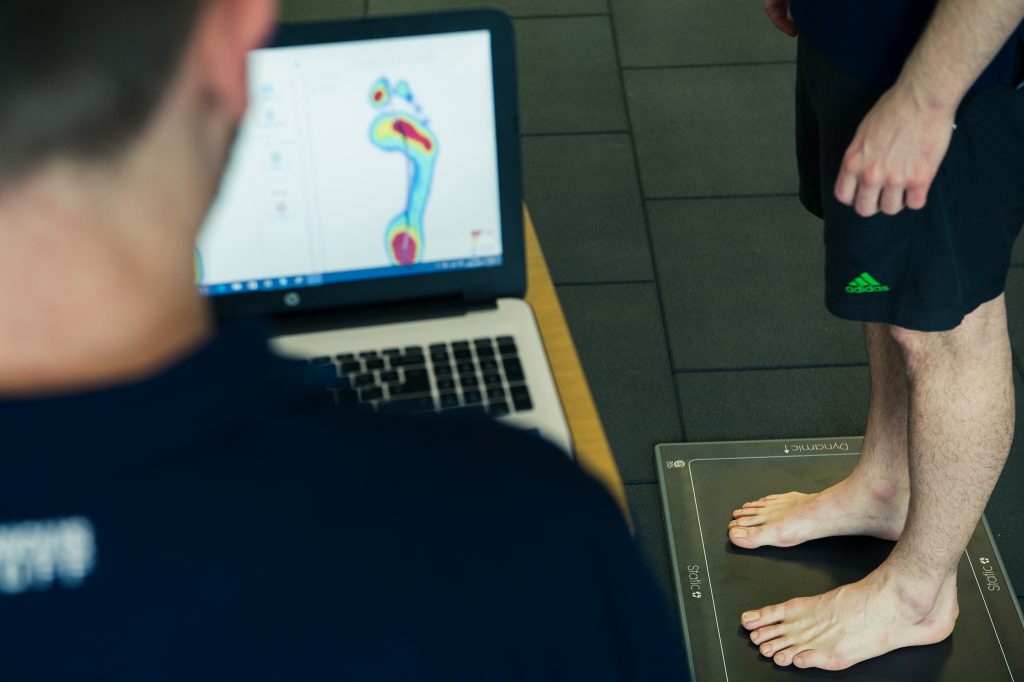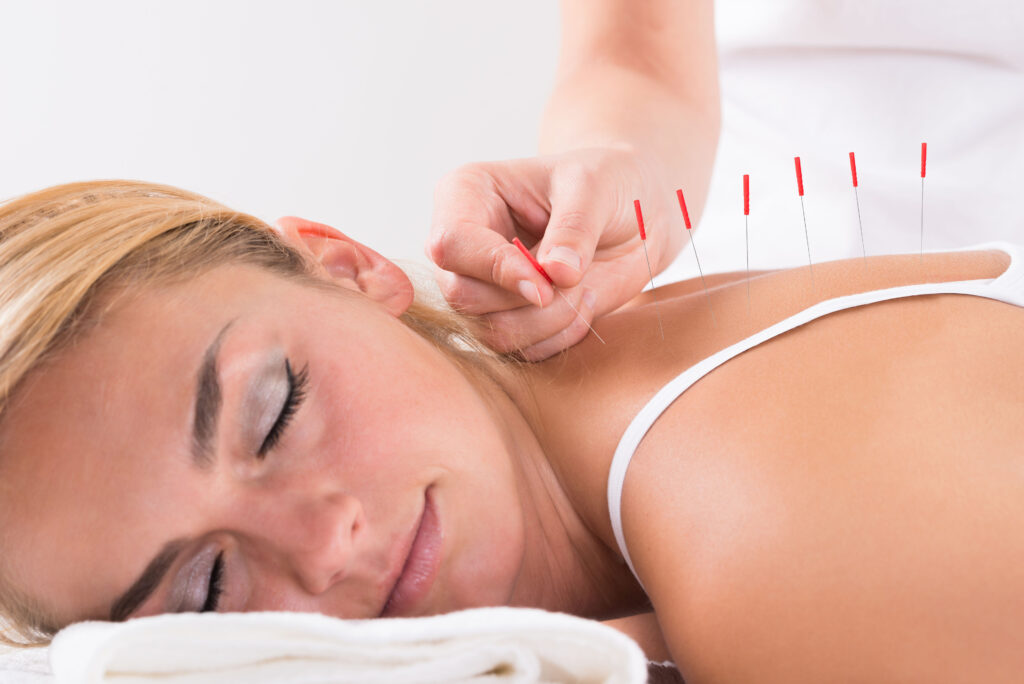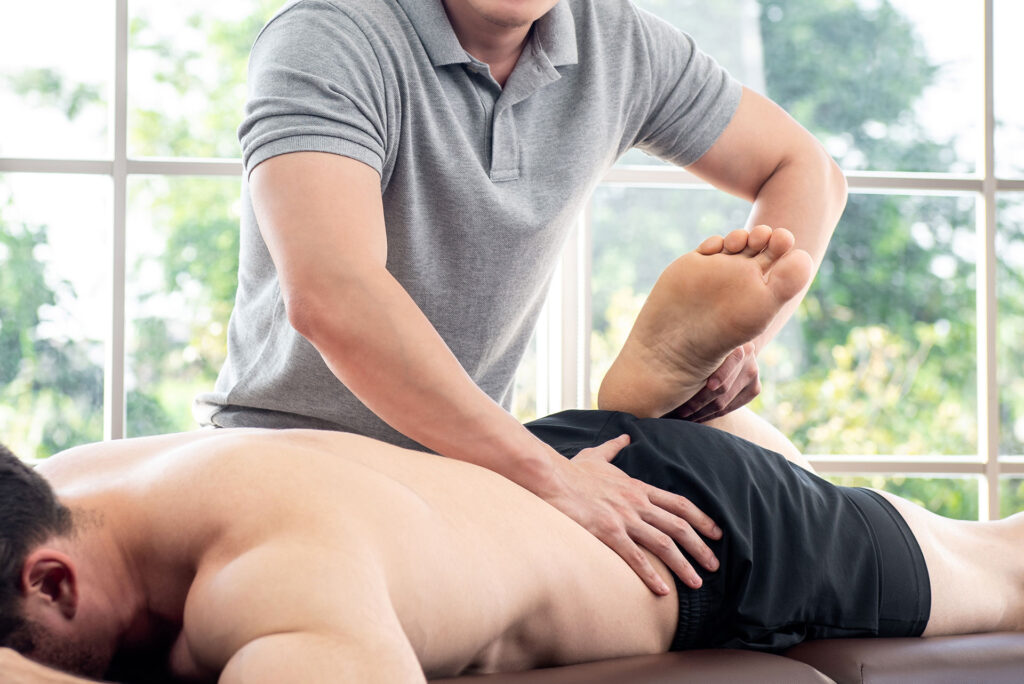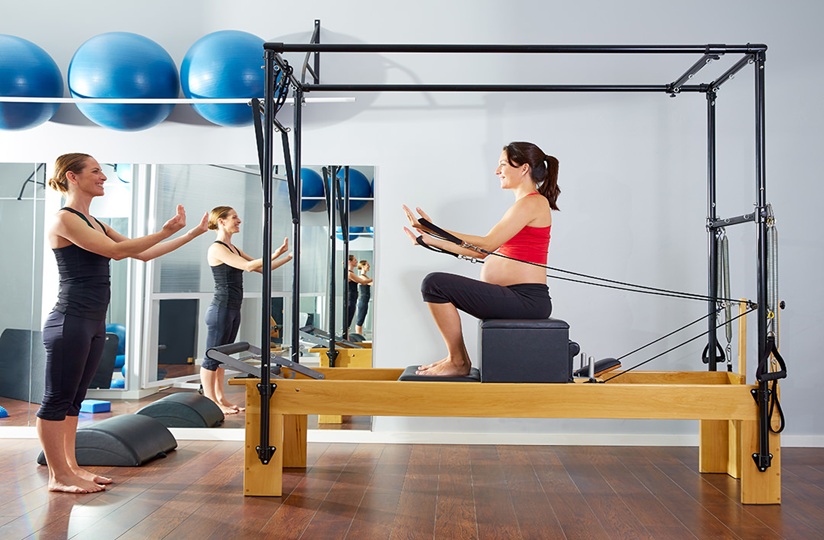Shoulder
- What We Treat
- Shoulder
Explanation:
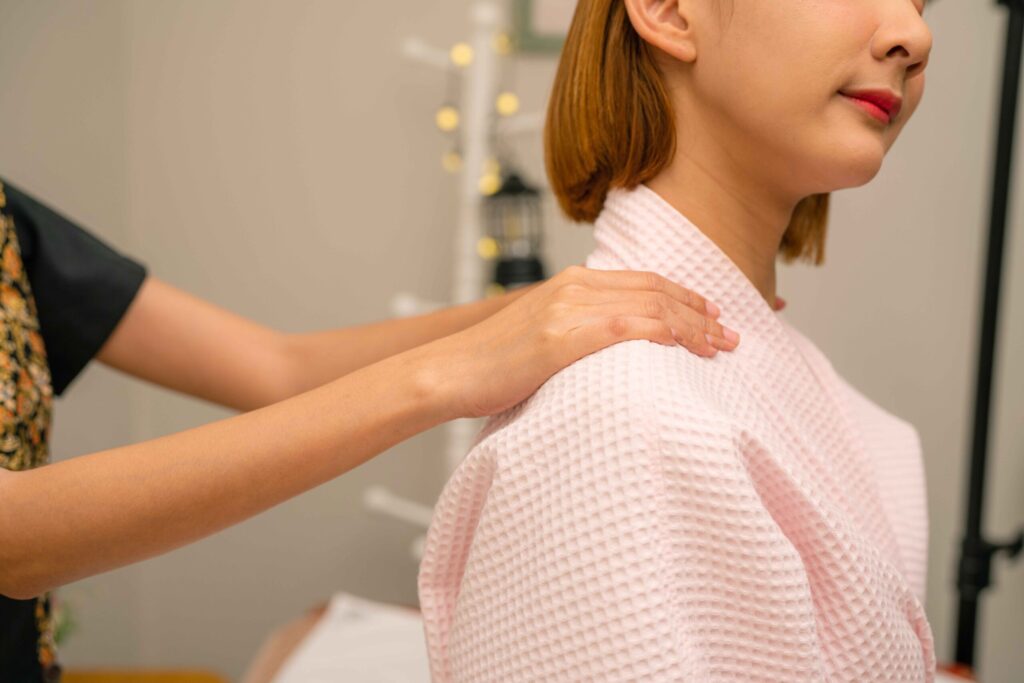
The shoulder or glenohumeral joint is a “ball and socket” joint. The bony structure of the joint surfaces, the ligaments, capsule and muscles are all key components in maintaining a stable shoulder joint yet permitting a large range of movement in several directions.
Causes:
There are many conditions that can result in shoulder pain including:
- subluxations
- fractures
- tears in the rotator cuff muscles (muscles around your shoulder that maintain it in good position) or the labrum (a ring of fibrous tissue that surrounds the socket to make it deeper and provide more stability in your shoulder) through an injury
- shoulder instability (see below)
- referred pain from the cervical and upper thoracic spine
The more insidious shoulder pathologies are usually frozen shoulder and impingement syndrome.
Shoulder impingement occurs when the rotator cuff tendons become trapped in the shoulder joint. It is often posture-related or due to an imbalance of the muscles around the shoulder. The impingement causes mechanical irritation of the rotator cuff tendons and may result in swelling and damage to the tendons.
A frozen shoulder (known also as adhesive capsulitis) is a condition that occasionally occurs in older athletes or people between 40-60 years old. The medical term literally describes what is seen in this condition – adhesive meaning sticky, and capsulitis meaning inflammation of the joint capsule, making the joint stiff and difficult to move.
Other causes of shoulder pain are shoulder instability and referred pain from the cervical and upper thoracic spine. Shoulder instability is a problem of a loose shoulder joint. Instability is often associated with subluxation (partial dislocation of the shoulder joint), which may be associated with pain and/or dead arm sensation. Shoulders dislocate relatively easily, so once the dislocation is treated it is important to get all the muscles back in good working order. Patients who have sustained a prior shoulder dislocation often develop chronic instability.
Treatment:
Our physios will examine your shoulder and use a broad range of treatments including:
Treatments may include:
- joint mobilisation
- passive stretches
- correction of faulty techniques when moving the arm
- trigger pointing and/or acupuncture
- soft tissue techniques to alleviate pain and increase range of movement.
- education on your condition, postural advice, and strengthening exercise programmes to strengthen your shoulder and increase stability.
Post-Operative Rehab
Post-Operative Rehab Recovery and Rehabilitation After Surgery Services Services Detail After a fracture, you are normally put in plaster for up to six weeks to allow the bone to heal.
Ante / Post-Natal Care
Ante / Post-Natal Care Ante / Post-Natal Care Supportive Care for Ante / Post-Natal Wellbeing Services Services Detail At Kingston Physio, we provide treatments and advice for women who may
Golf Screening & Injuries
Golf Screening & Injuries Golf Screening & Injuries Golf Screening & Injuries Services Services Detail Injuries Common golf injuries include: Back and neck pains Shoulder pains Elbow pains Knee and
Biomechanical Assessment & Orthotics
Biomechanical Assessment & Orthotics Tests to Diagnose the Cause for Biomechanical Assessment & Orthotics Services Services Detail The Assessment Many problems such as painful knees or a bad back can
Acupuncture
Acupuncture Restoring Balance and Well-Being Services Services Detail Acupuncture is one of the oldest recorded forms of medicine, having been used in China for over 3,000 years. There are several
Sports Massage
Sports Massage Tests to Diagnose the Cause of Back and Neck Pain Services Services Detail Benefits of massages include: Our massage therapists offer a wide variety of massages, including sports
Back and Neck Pain
Back and Neck Pain Tests to Diagnose the Cause of Back and Neck Pain Services Services Detail Around 90% of people will develop back or neck pain during their lifetime.
Clinical Pilates
Clinical Pilates Clinical Pilates Clinical Pilates: Strengthen, Heal, and Perform at Your Best! Services Services Detail Pilates is a controlled exercise performed in conjunction with deep breathing that aims to
Sports-injuries
Sports-injuries Sports-injuries Kingston Physio offers top treatment for sports injuries and rehabilitation. Services Services Detail At Kingston Physio, we offer the very best treatment for sports injuries and rehabilitation. Our
Ergonomics & Work Related Injuries
Ergonomics & Work Related Injuries Get tests to be able to diagnose the cause of your symptoms. Services Services Detail Nowadays, many people work in an office environment where almost

